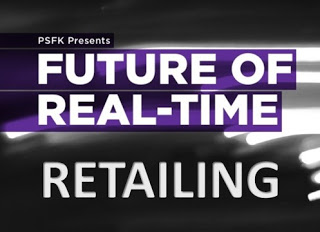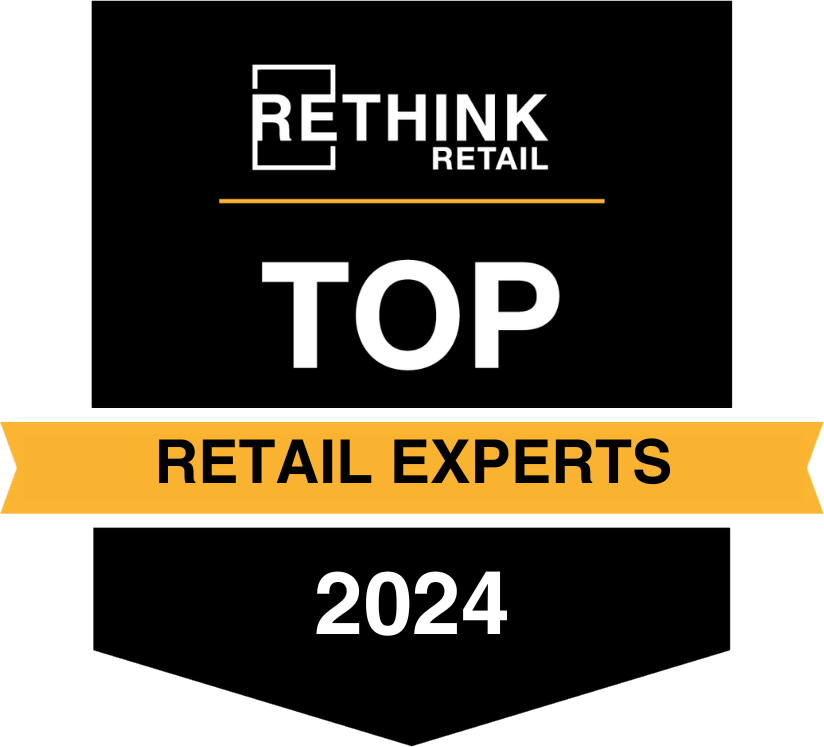"We are witnessing the birth of a new breed of shopper. They float seamlessly across mobile, online, and real-world platforms as they travel up and down the purchase path and in doing so, exert tremendous influence over the ways that brands may interact with them and their peer groups. The ways in which they consume information, discover goods and make purchases has forced retailers to contemplate a new mix of transactional, behavioral, and social behaviors to remain competitive." (1) – Pier Fawkes, PSFK
travel up and down the purchase path and in doing so, exert tremendous influence over the ways that brands may interact with them and their peer groups. The ways in which they consume information, discover goods and make purchases has forced retailers to contemplate a new mix of transactional, behavioral, and social behaviors to remain competitive." (1) – Pier Fawkes, PSFK
Recently ran across an interesting United Nations report from the PSFK Labs consulting group on the "Future of Real Time" (2). The report's premise is that evolving data sensor technology and the ability to quickly process the content is leading to innovative real time intelligent applications. Convergent trends in humans being more open to act as data collectors, access to mobile devices, faster Internet, "Big Data", social media, and faster globalization of ideas are increasing the sensor innovation pace.
A few of my favorite technology examples from the United Nations report:
- In Copenhagen, the city transformed ordinary bikes into mobile sensing units that map pollution levels, traffic congestion, and road conditions in real time.
- A chip that plugs into your smart phone that allows instant testing of STDs.
- InMaps from Linked-In that sift through all the connections, detect relationships, groups them into network clusters, and highlights major connections points.
- A search engine that identifies patterns to predict future events.
- Online buzz accurately predicting movie box office revenues.
- Facebook analysis on when most "break ups" take place.
- Snap pictures app that consolidates complaints to the city.
- Motribe mobile app to connect instantly communities.
- Remote control drone for the creation of local maps.
- Picture based navigation app.
- Real time social media search and analysis.
- From HP ubiquitous sensors to monitor municipal structures.
- A tree that talks on the web about its living circumstances.
- Making it easy to buy and share data of all types.
Retail has been a laggard industry in adopting real time decision making technologies. Pockets of productivity improvements have appeared over the years primarily in peripheral areas of the store. Bar code scanning is now ubiquitous in the front end; Direct Store Delivery allows monitoring of vendors; labor management systems track labor costs, etc. Where the action actually takes place -- the physical sales floor -- is still very under-sensored.
RFID and video analytics coupled with "Big Data" are key technologies that have the potential to improve the productivity of the sales floor. Success lies not in the technology, but in the data generated, how it is processed, and how it builds the models for predictive real time decisions. Technology integration also plays a role in delivering smarter solutions. As with the sensors on the sales floor, successful integration focuses on layered intelligence and the data generated.
A recent CNBC article (3) highlighted a few progressive examples on how "real time" data is transforming USA retail:
- Macys.com analyzes tens of millions of terabytes of information every day, including social media, store transactions and even Twitter feeds. Big data analytics has helped Macy's boost store sales by 10%.
- Kroger CEO David Dillon has called big data analytics his "secret weapon" in fending off other grocery competitors.
- Big retail chains such as Sears and Target have already invested heavily in reacting to market demand in real time. Goods can be priced dynamically as they become hot, or not. Similar products can be cross-sold within seconds to a customer paying at the cash register. Data analysis also allows for tighter control of inventory so items aren't overstocked.
Technology miniaturization, increased communication speeds, and ubiquitous Internet availability will lead to dramatic expansion in sensor technology both at the personal and commercial levels.
The retail industry needs to accelerate the adoption of new sales floor sensing technologies. For the current business model, headwinds such as competitive online sales, a much more informed shopper, and showrooming will continue to increase. Leveraging new sales floor sensing technologies actually turns these headwinds into an opportunity for a sale.
Sales floor sensor technologies will be critical in differentiating and growing the value of a retail brands. Lots of possibilities are already available and we are just getting started.
P.S. Have to run now as my personal sensor technology, the Nike Fuel Band is telling me that a few more steps are needed to achieve today's goal.
(1) http://ow.ly/o7pHY (2) http://ow.ly/o6tNX (3) http://ow.ly/o6wjk Image from http://ow.ly/o6tNX
















